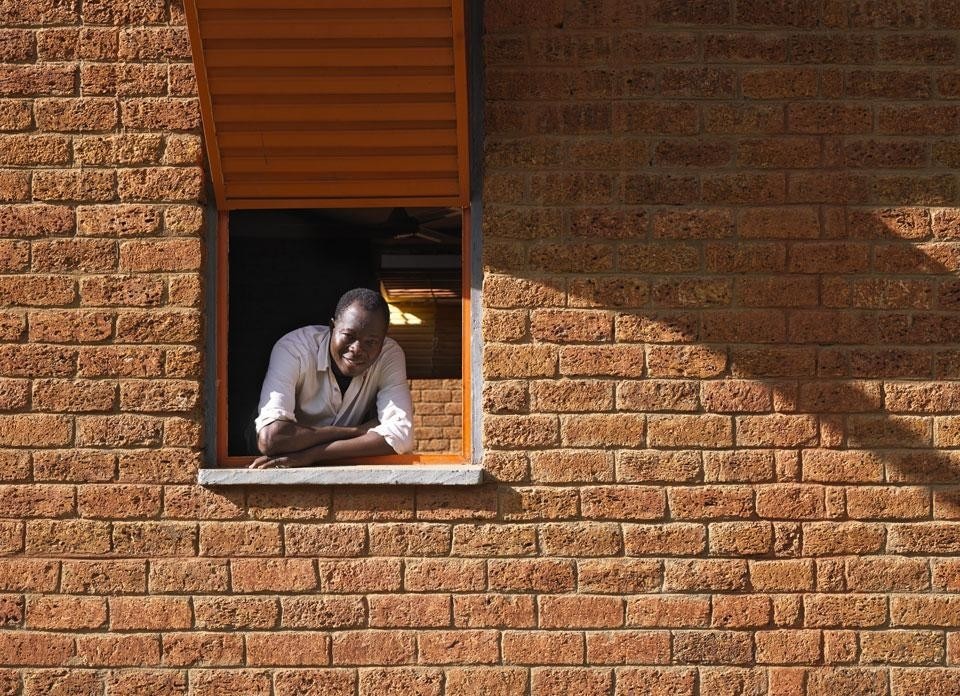Jain's position resonated with Common Ground, the theme of this year's 13th International Architecture Exhibition — Venice Biennale, of which BSI was a part as a collateral exhibition at the Fondazione Querini Stampalia from 22 September through 7 October. Chairman of the jury Mario Botta couldn't agree more with Jain: "you can't construct singularity", he said at a roundtable he moderated at the Fondazione on 22 September in which Jain, who was born in 1965, and previous BSI Award winners Solano Benitez and Diébédo Francis Kéré, took part.
But the presence of the Award in Venice also transcended the Biennale's scope this year in its specifically slanted commitment to the maintenance of environmental equilibrium and quality of life in the face of globalisation through architectural agency, and in its deep focus this year on India, Africa and South America. Studio Mumbai was selected for the biannual Award from a hugely impressive array of 26 candidates from 12 countries (showcased in a new book by Mendrisio Academy Press and Silvana Editoriale, 2012, edited by Nicola Navone) for both the originality of the process from which their projects were created as well as their quality, one "based on a refined craftsmanlike knowledge that is reinterpreted and enhanced through the constant interaction of design and construction."
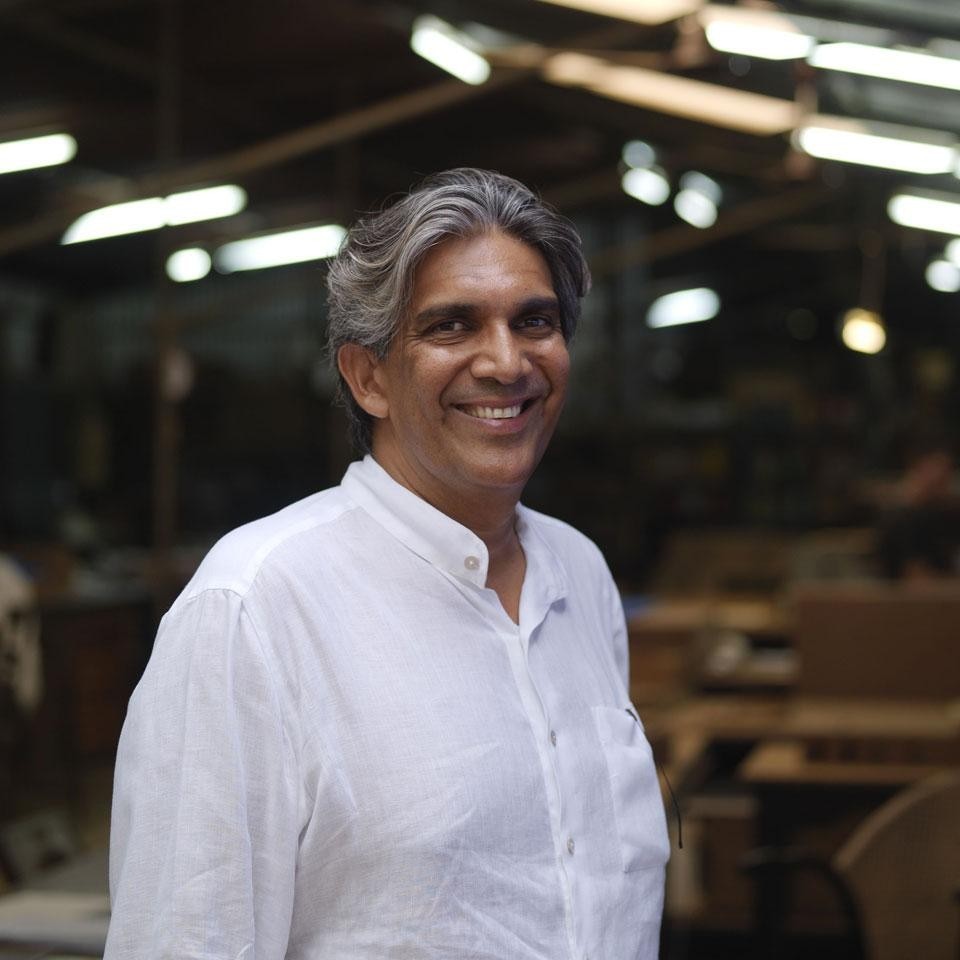
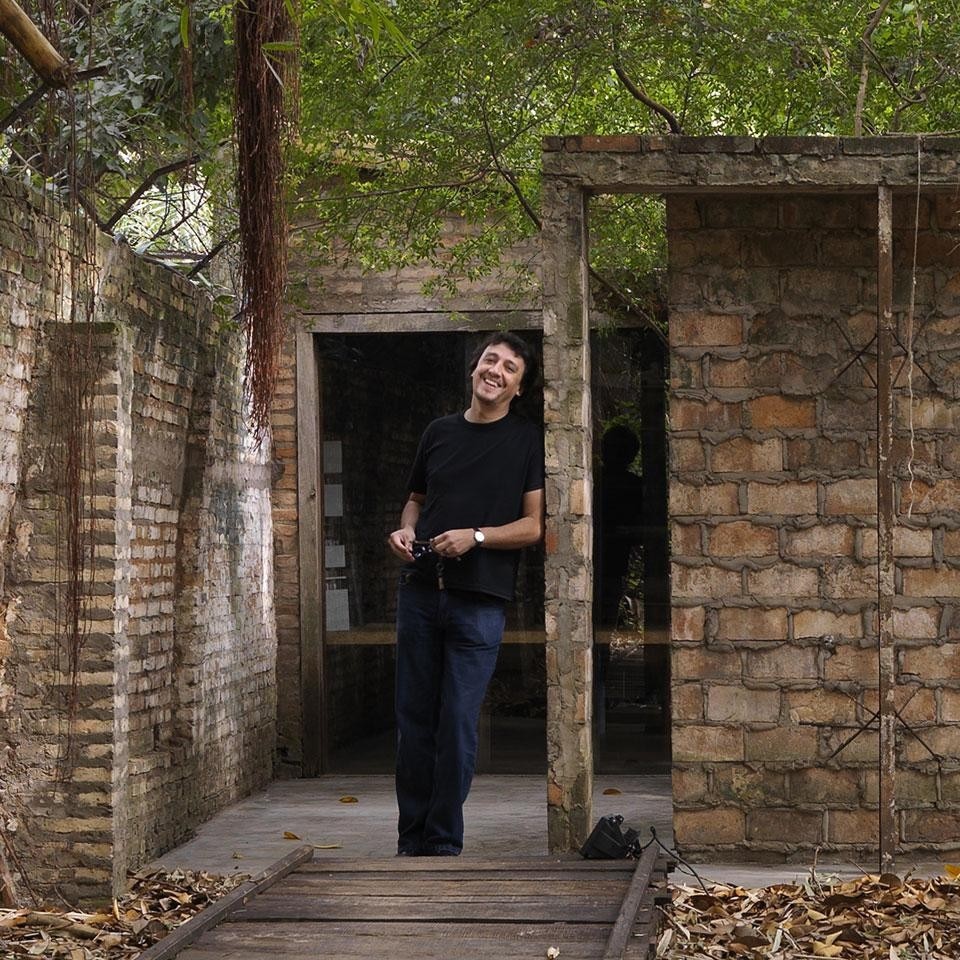
"The culture of modernity is very fragile, there is lots of waste", said Botta, "it's our responsibility to risk". He was struck by "the wide range of positions documented" by all the potential winners, which can only help "to foster discussion about the current state of our discipline" — and its extensive reach in the future
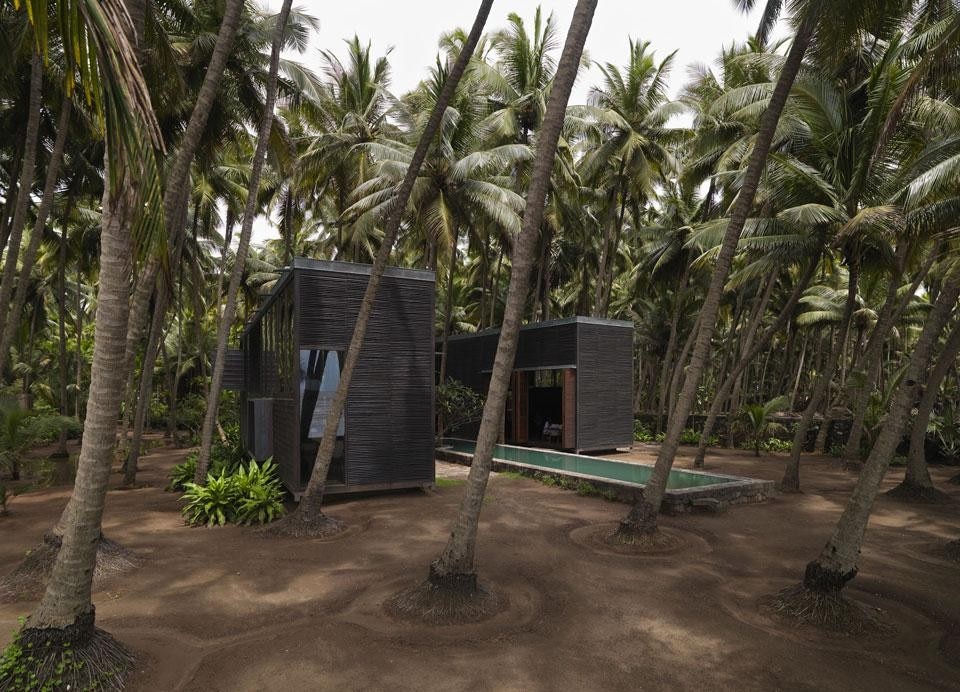
Talking about Kéré, who he has known for four years, he regards his resources as sophisticated and "both of us are need-based", while Benitez, who only uses waste materials — favouring the raw — is a true inspiration. "I'm interested how we transfer experiments to other places", he adds. This is a key issue. Jain used plaster for his 1:1 model of a Mumbai slum house in the V&A's Cast Courts gallery a few years ago. Kéré, one of this year's judges, started to build when he was still a student, told a story about the first architectural school he made in his home country of Burkino Faso. Without the resources to make it in the typically imported French model, and favouring clay, he found women who were specialists in making clay floors, and his resulting three metre high clay walls survived torrential rain, even to his surprise.
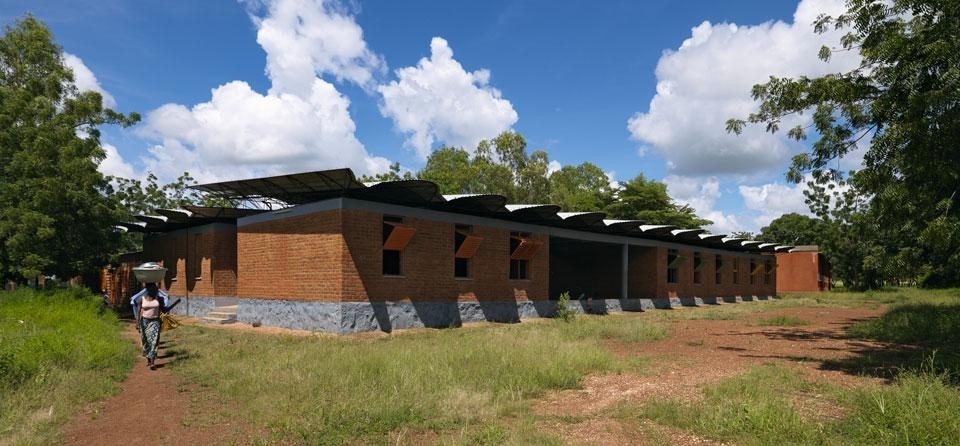
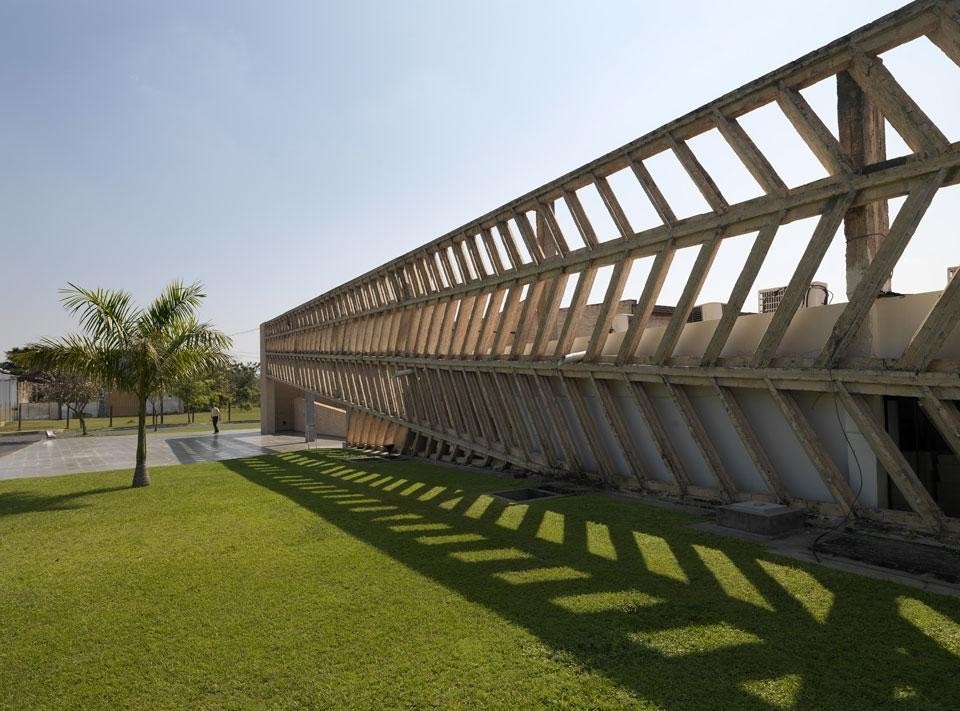
In Jain's home city, a fast spinning symbol of India's new economic, cultural and social geographies, his collective ethos and critical awareness of its flux should serve him well. "Building, like a body, can extend itself: that's the core value of what we can do, to transform". "The culture of modernity is very fragile, there is lots of waste", said Botta, "it's our responsibility to risk". He was struck by "the wide range of positions documented" by all the potential winners, which can only help "to foster discussion about the current state of our discipline" — and its extensive reach in the future. Lucy Bullivant


